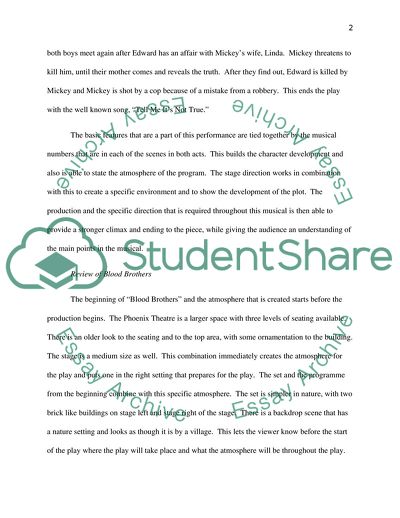Cite this document
(Analysis of Blood Brother Theatre Coursework Example | Topics and Well Written Essays - 1750 words, n.d.)
Analysis of Blood Brother Theatre Coursework Example | Topics and Well Written Essays - 1750 words. https://studentshare.org/culture/1731951-blood-brother-theatre-review
Analysis of Blood Brother Theatre Coursework Example | Topics and Well Written Essays - 1750 words. https://studentshare.org/culture/1731951-blood-brother-theatre-review
(Analysis of Blood Brother Theatre Coursework Example | Topics and Well Written Essays - 1750 Words)
Analysis of Blood Brother Theatre Coursework Example | Topics and Well Written Essays - 1750 Words. https://studentshare.org/culture/1731951-blood-brother-theatre-review.
Analysis of Blood Brother Theatre Coursework Example | Topics and Well Written Essays - 1750 Words. https://studentshare.org/culture/1731951-blood-brother-theatre-review.
“Analysis of Blood Brother Theatre Coursework Example | Topics and Well Written Essays - 1750 Words”. https://studentshare.org/culture/1731951-blood-brother-theatre-review.


